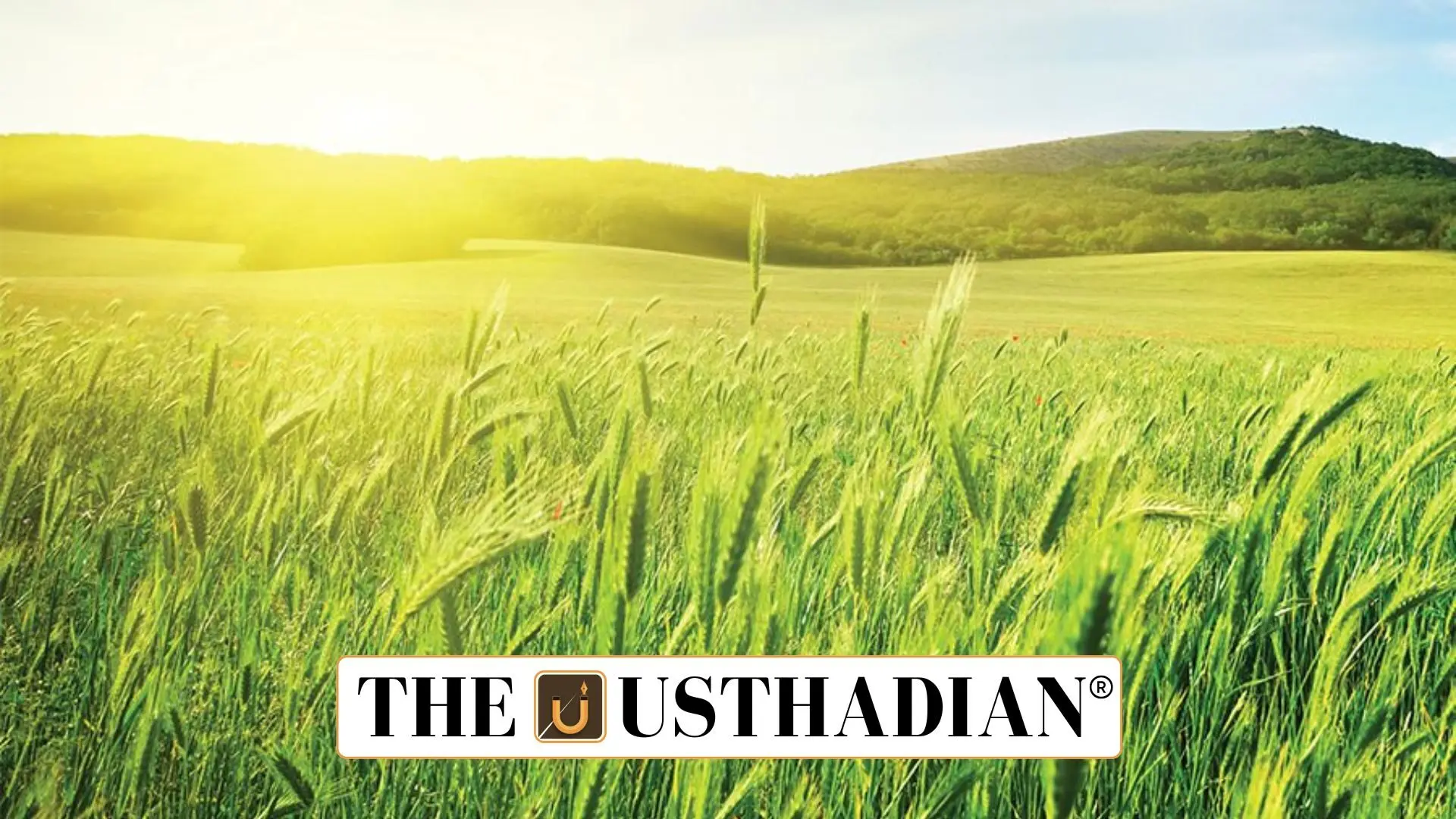A First in Nearly a Decade
Tamil Nadu’s Agriculture Sector Sees Negative Growth in 2024–25 Despite Overall Economic Boom: For the first time in eight years, Tamil Nadu’s agriculture and allied sectors have posted a negative growth rate. According to official data, the sector shrank by -0.09% in real terms during the 2024–25 fiscal year. This marks a significant reversal from previous years of steady growth. While the contraction is minor in percentage terms, its symbolic weight is heavy — it reflects shifting challenges in a sector that sustains a large section of the rural population.
A Paradox of Economic Highs
Interestingly, this agricultural slowdown comes at a time when Tamil Nadu posted the highest overall economic growth among Indian states. The state clocked a real GDP growth rate of 9.69%, the best in the last 10 years, and also the highest across all states in 2024–25. The divergence between the booming industrial and service sectors and a struggling farm economy poses critical questions for inclusive growth.
Breaking Down the Sector Composition
The agriculture and allied activities sector in Tamil Nadu typically includes crops, livestock, forestry, and fisheries. Of these, livestock has consistently contributed over 50%, while crop production contributes around 40%. In the latest year, the crop share stood at 39%, slightly below the average, signaling a minor but meaningful dip in the role of direct farming. Over the past few years, the crop segment had shown encouraging signs — 9.5% growth in 2021–22, followed by 3.3% in 2022–23, and 4.2% in 2023–24. The recent contraction suggests either climatic stress, market volatility, or policy gaps affecting farmer productivity.
What Could Be Behind the Dip?
Experts suggest multiple reasons for the slump. Erratic monsoons, rising input costs, and a sluggish crop insurance mechanism may have contributed. While livestock and allied sectors appear more resilient, it is evident that crop farming is facing a more fragile reality. The lack of irrigation facilities in non-delta regions, price fluctuations for staples like paddy and sugarcane, and declining rural labour participation could be aggravating factors.
What It Means for the Future
The negative growth in the agriculture sector must be viewed as a warning signal. If left unchecked, it could offset gains made in rural welfare, employment, and food security. Policymakers may need to strengthen minimum support prices, improve infrastructure for irrigation, and expand climate-resilient farming techniques. The challenge is not merely statistical; it’s deeply social and economic, impacting the livelihood of millions.
STATIC GK SNAPSHOT
| Aspect | Details |
| State | Tamil Nadu |
| Sector Showing Decline | Agriculture and Allied Activities |
| Growth Rate in 2024–25 (Real Terms) | -0.09% |
| Highest Real GSDP Growth Rate in India | Tamil Nadu – 9.69% |
| Major Agriculture Components | Crops (~40%), Livestock (>50%) |
| Crop Growth in Past Years | 9.5% (2021–22), 3.3% (2022–23), 4.2% (2023–24) |
| Years with Positive Agriculture Growth | 2017–18 to 2023–24 |
| Data Source | Tamil Nadu State Government Economic Survey |








